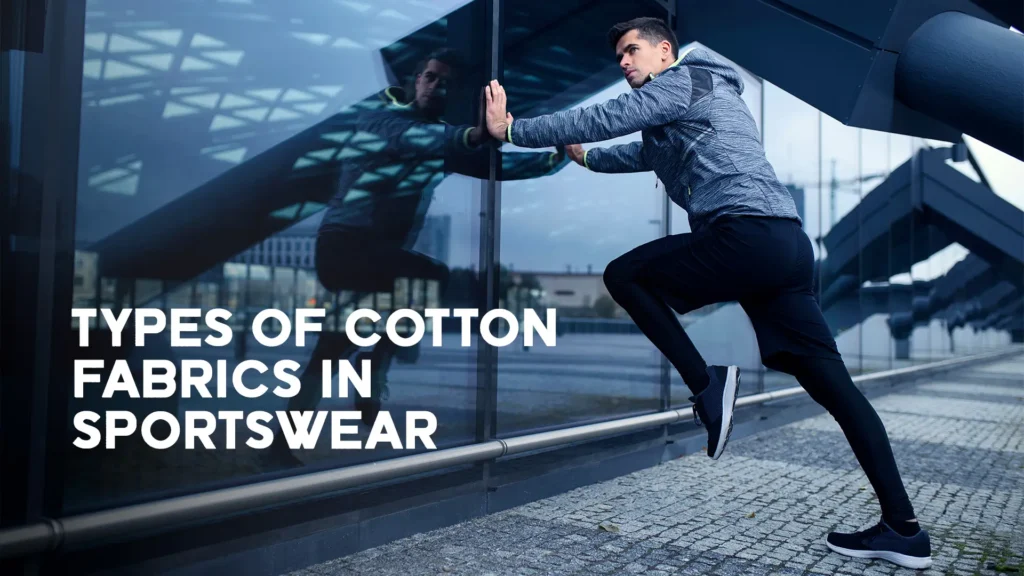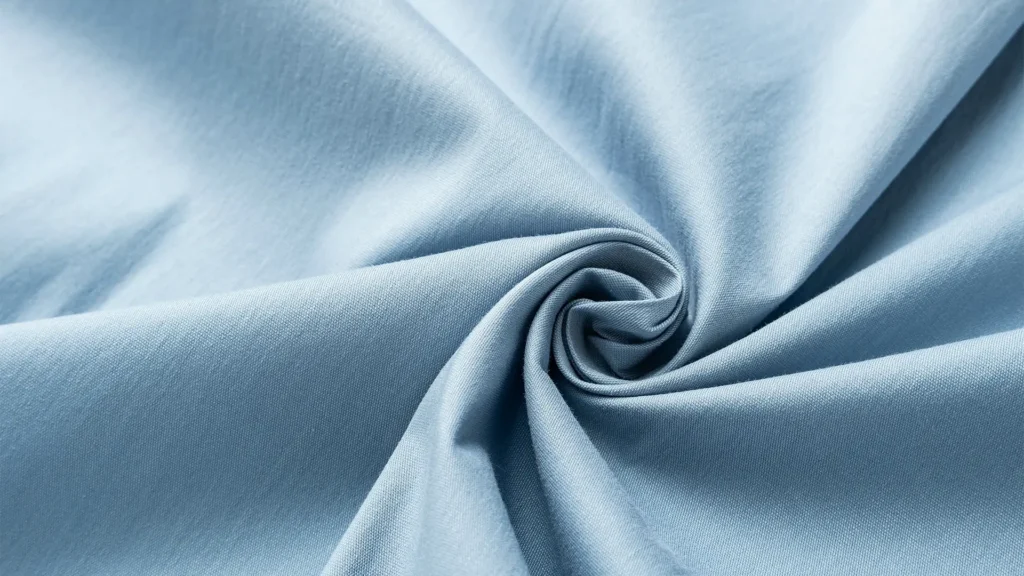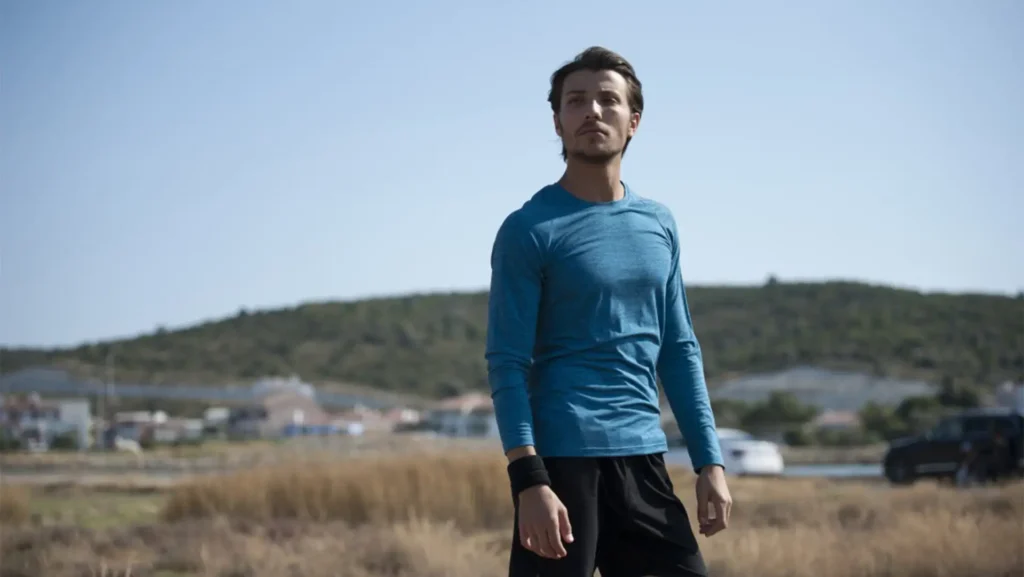What is Fleece, and How Can It Be Used in Sportswear?
- September 17, 2024

Fleece in Sportswear
The Evolution of Fleece Fabric
Fleece was created in the late 20th century by Malden Mills (now known as Polartec LLC) as a synthetic alternative to wool. Unlike wool, fleece is made from solid and versatile synthetic fiber polyester. The fabric was designed to mimic wool’s warmth while addressing its downsides, like heaviness, bulk, and moisture absorption.
The Role of Fleece in Modern Sportswear
Fleece quickly gained popularity in outdoor and athletic wear because it provides warmth without adding weight and has moisture-resistant properties. Brands like Patagonia and The North Face played significant roles in making fleece a staple in modern sportswear. Today, fleece is widely used in everything from high-performance sportswear to casual clothing.
Nature and Composition of Fleece
The Composition of Fleece
Fleece is primarily made from polyester, a synthetic fiber derived from petroleum. Polyester is known for being strong, light, and moisture-resistant, making it an ideal material for activewear. Fleece fabric is created by weaving polyester fibers into a light, fluffy fabric that traps heat, providing excellent insulation.
The Synthetic Nature of Fleece
Unlike natural fibers such as wool or cotton, fleece is entirely synthetic. This gives fleece distinctive characteristics, such as lightweight, moisture-resistant, and quick-drying. These qualities make fleece a superior choice for sportswear, especially in cold or damp conditions.
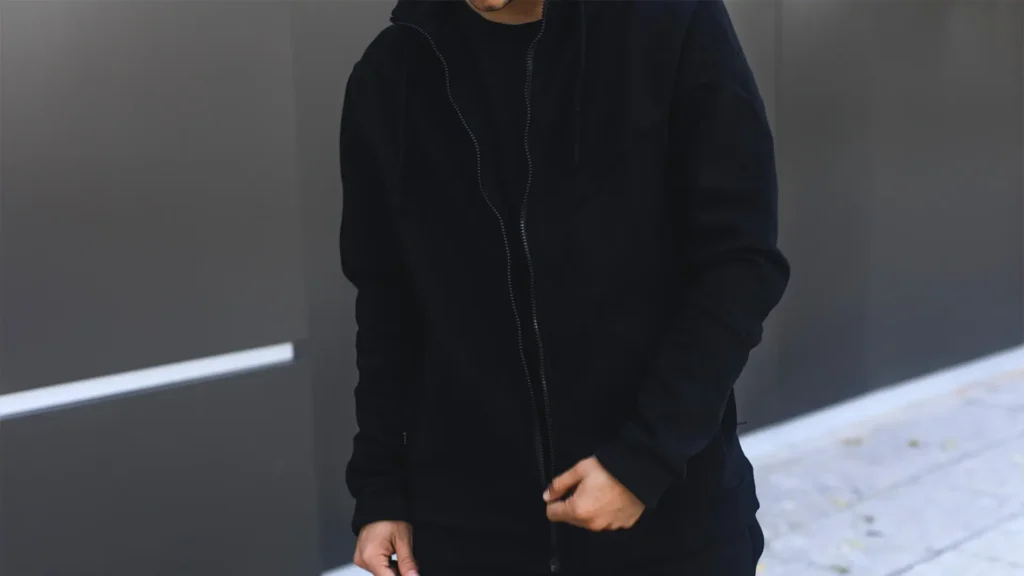
Critical Characteristics of Fleece in Sportswear
Lightweight and Comfortable
Softness and Comfortable
In addition to being light, fleece is incredibly soft to the touch, often described as having a cozy, plush feel. This makes it practical for activewear and a preferred material for casual, everyday clothing. The fabric’s softness and ability to move with the body enhance the wearer’s comfort, making fleece ideal for everything from sports jackets to lounging wear.
Versatility in Thickness
Fleece is versatile in terms of thickness. It can be made in various weights, from thin microfleece, perfect for layering, to thick, insulating fleece designed for extreme cold. This adaptability allows designers to use fleece in multiple garments, from lightweight sportswear for cool mornings to heavyweight jackets that withstand harsh winter conditions.
Excellent Insulation
Heat Retention
One of the fleece’s standout features is its ability to retain warmth while remaining lightweight. Traditional insulation materials, such as wool or down, can be heavy and bulky, hindering movement and causing discomfort during physical activities. Fleece, however, provides similar levels of warmth without the added weight, making it ideal for sportswear and outdoor gear.
Moisture Resistance
Moreover, fleece’s insulation properties are not affected by moisture. Unlike wool, which can absorb water and lose its insulating ability when wet, fleece retains its warmth even in damp conditions. This makes fleece sportswear particularly useful in environments where sudden weather changes can occur, such as in mountainous regions or during winter sports.
Quick-Drying and Breathable
Quick-Drying Properties
The quick-drying nature of fleece is particularly beneficial for athletes and outdoor enthusiasts who need to stay dry and comfortable during long periods of activity. Whether it’s a sudden rain shower or sweat from exertion, fleece helps keep the wearer dry by allowing moisture to evaporate quickly.
Breathability
In addition to drying quickly, fleece is also highly breathable. Breathability refers to the fabric’s ability to allow moisture vapor to escape from the body, preventing sweat buildup and helping regulate body temperature. This is crucial in activewear, where maintaining a balance between warmth and ventilation can make the difference between comfort and discomfort.
Water Resistance
Practical Application in Sportswear
This water-resistant property makes fleece fabric a practical choice for outdoor activities where the weather can be unpredictable. For instance, a fleece jacket can be an excellent outer layer on a cold, misty morning, providing warmth and a degree of protection against moisture. However, it’s advisable to pair fleece with a waterproof shell in heavy rain to ensure complete safety.
Enhancing Quick-Drying Capabilities
The water resistance of fleece also contributes to its quick-drying nature. Because the fabric does not absorb much water, any moisture that does get onto the surface evaporates quickly. This makes fleece ideal for hiking, skiing, or cycling, where staying dry is essential for comfort and performance.
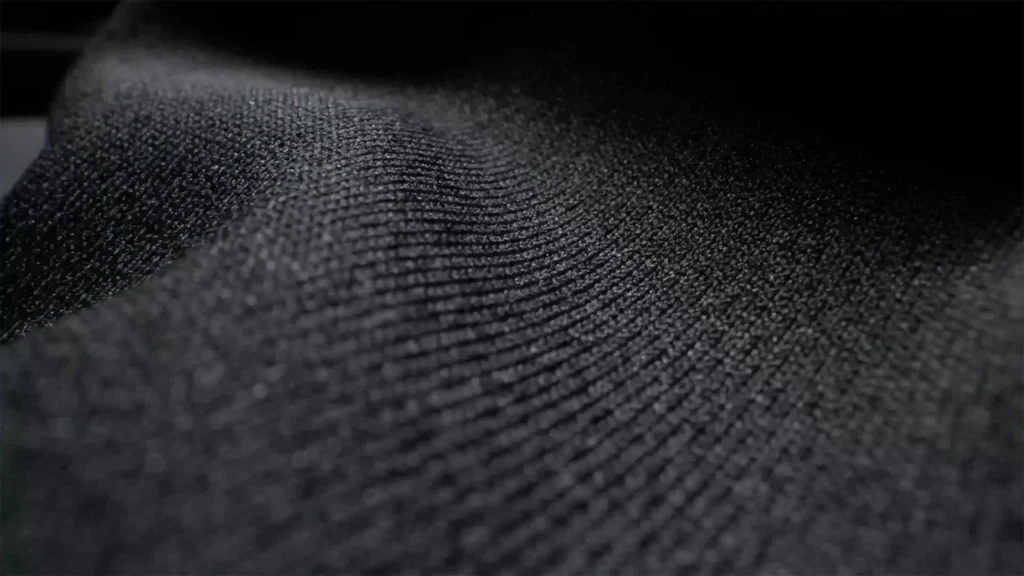
Use of Fleece in Sportswear
Application in Activewear
Popularity in Outdoor Sports
These items are trendy in outdoor sports such as hiking, skiing, and mountaineering, where staying warm and dry can significantly impact performance and safety. Fleece is an excellent mid-layer, providing crucial insulation while allowing sweat to escape.
Casual Activewear
In addition to its use in traditional outdoor sports, fleece has also found its way into more casual activewear. Fleece jackets and hoodies are popular for running, cycling, or simply staying warm during excellent weather workouts. The fabric’s softness and comfort, combined with its performance characteristics, make it a favorite among athletes and casual users alike.
Fleece-Lined Sportswear
Importance in Winter Sports
These activities require gear that can withstand extreme cold while allowing for a full range of motion. Fleece, with its balance of warmth and flexibility, is ideal for these conditions. The fleece lining traps heat close to the body, while the outer shell protects against wind and moisture, creating a perfect combination for winter sportswear such as team warm up jackets etc.
Everyday Cold-Weather Wear
Beyond winter sports, fleece-lined garments are also popular for everyday wear in cold climates. Fleece jackets and coats with fleece linings are worn by people of all ages, from children heading to school on a chilly morning to adults commuting to work. The combination of warmth, comfort, and style makes fleece-lined sportswear a versatile option for a wide range of activities.
Benefits for Athletes
Flexibility and Movement
Whether sprinting on a trail, climbing a mountain, or practicing yoga, the flexibility and softness of fleece enable free movement, which is crucial for maintaining optimal performance.
Insulation in Cold Conditions
The insulating properties of fleece help athletes stay warm in cold conditions. This is particularly important in endurance sports, where maintaining body temperature is essential for prolonged physical exertion. By wearing fleece sportswear, athletes can focus on their performance without worrying about the cold, as the fabric provides reliable warmth throughout their activities.
Moisture Management
Moreover, the quick-drying and breathable nature of fleece fabric ensures that athletes remain comfortable, even during high-intensity workouts. Sweat is quickly wicked away from the body, reducing the risk of chafing and discomfort. This moisture management is crucial for preventing overheating and ensuring that the body remains in a state of thermal balance, which is key for peak athletic performance.
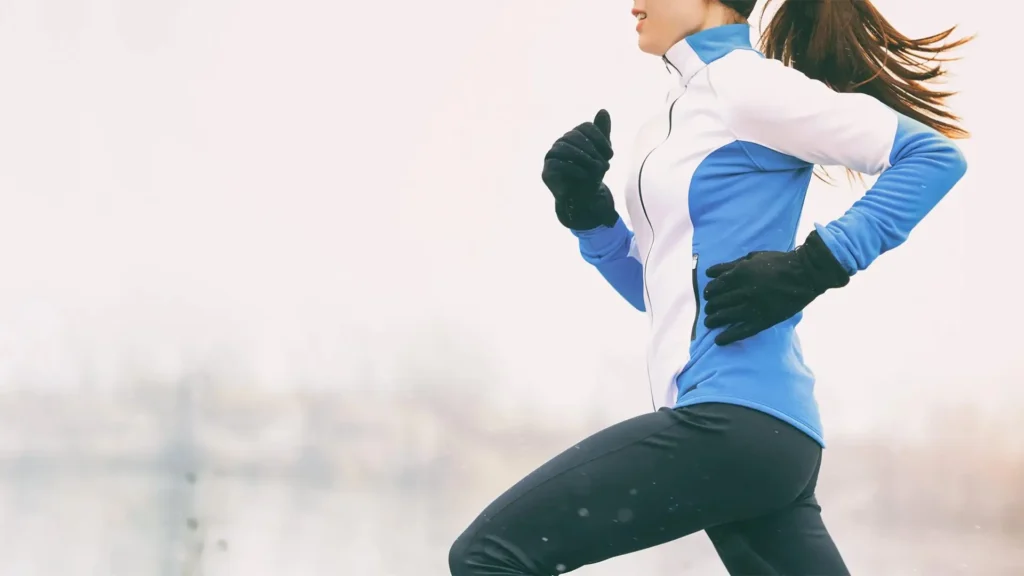
Conclusion
Frequently Asked Questions
What is fleece fabric, and why is it used in sportswear?
How is fleece different from natural wool?
Unlike wool, fleece is synthetic, lighter, and doesn’t absorb water. This makes it a better choice for activewear in cold or damp conditions, as it provides warmth and stays dry even when wet.
What are the benefits of fleece for athletes?
Fleece fabric offers athletes lightweight insulation, quick-drying capability, and breathability. It allows freedom of movement, helps regulate body temperature, and keeps the wearer comfortable during physical activities.
Is fleece water-resistant?
Fleece is not fully waterproof but does offer water resistance. It repels light rain and snow, making it ideal for outdoor sports. In heavy rain, fleece should be paired with a waterproof outer layer.
Is fleece sustainable?
Fleece is evolving towards sustainability, with efforts to produce it using recycled materials. Many brands are now focusing on eco-friendly practices, making fleece both high-performing and more environmentally responsible.
